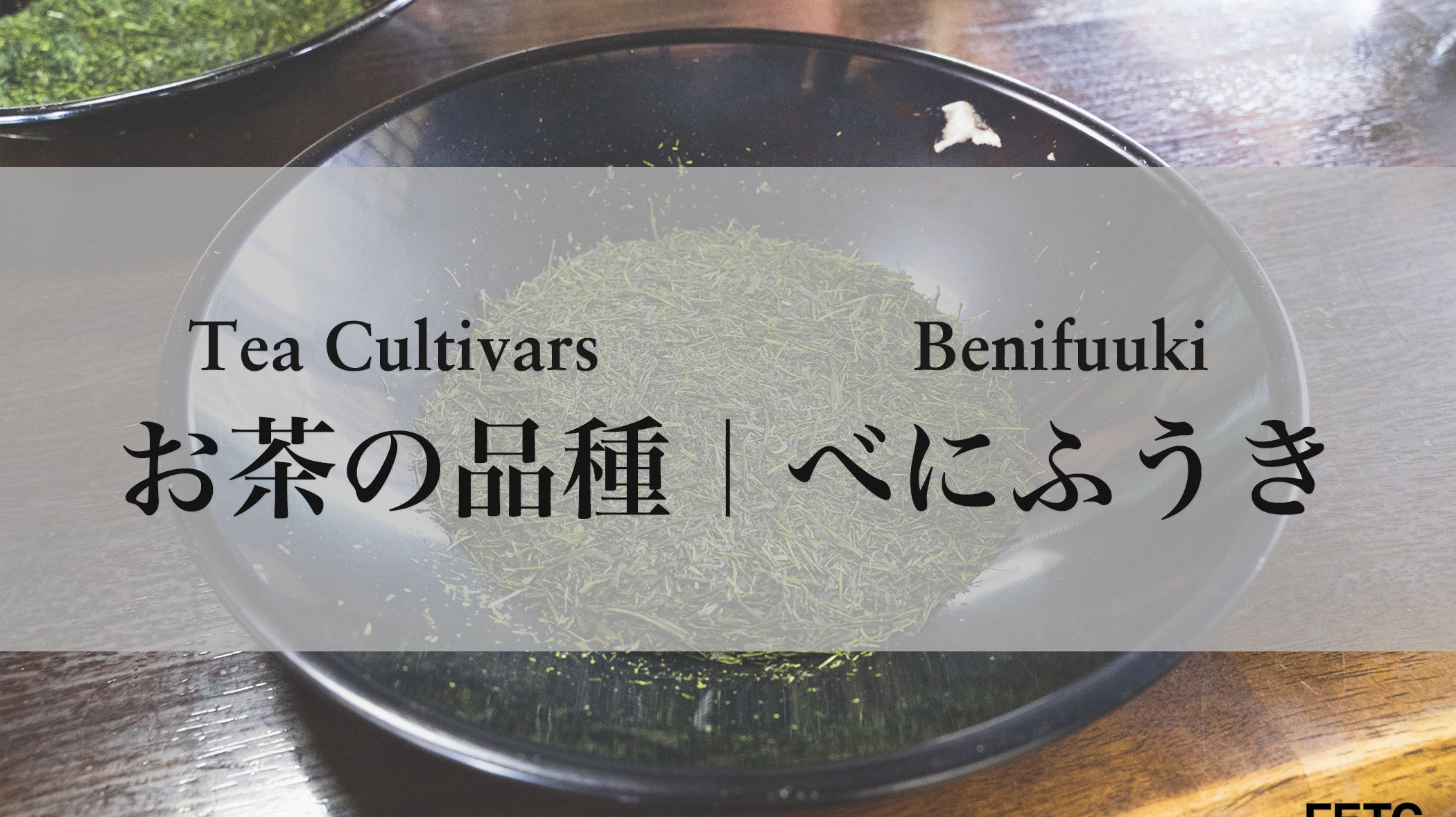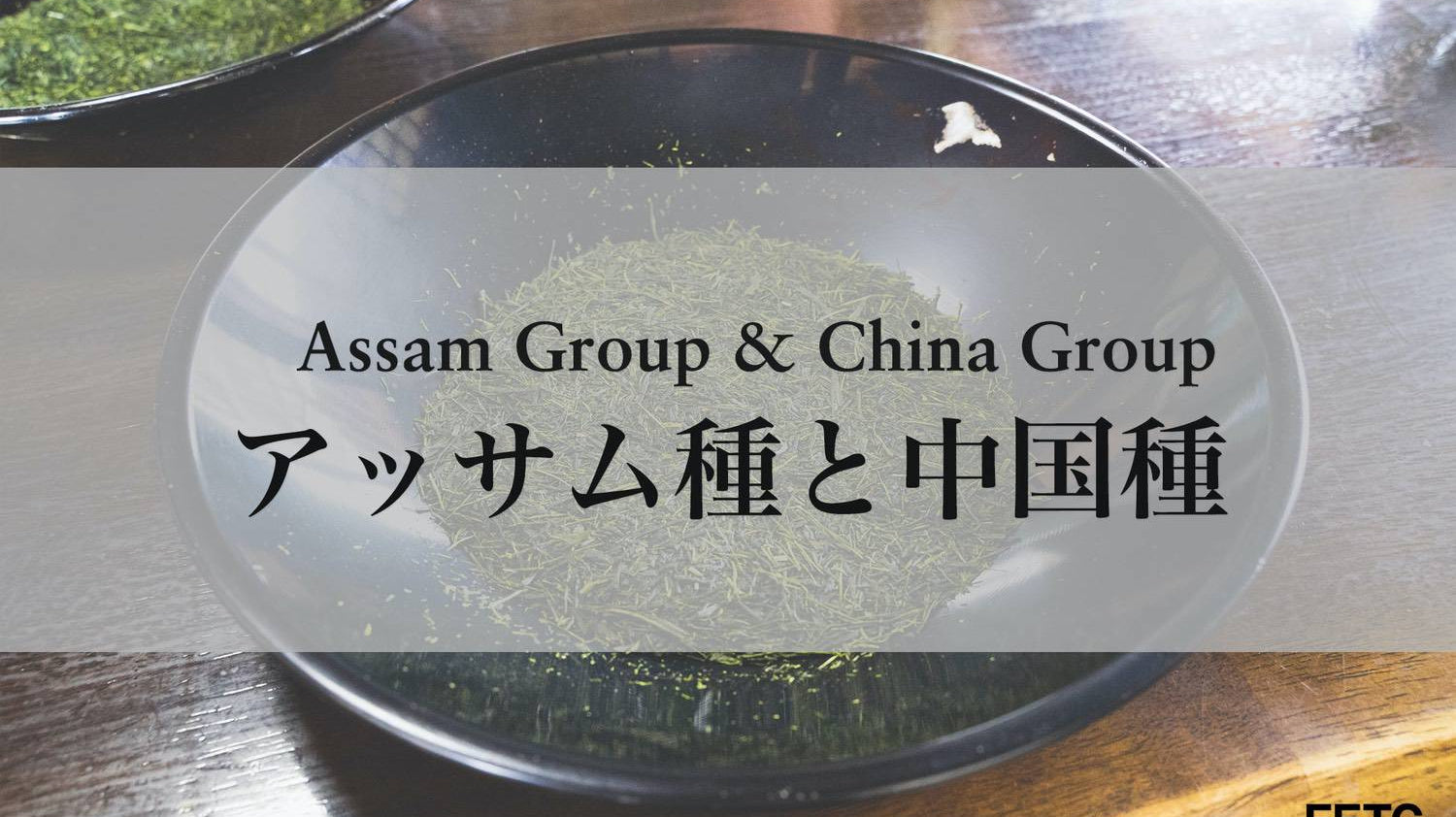Black Tea Cultivar
Filter by
All
Black Tea Cultivar
Cultivar
Cultivation
Cultivation/Process
Effect
Fermented Tea
Green Tea Cultivar
Half Fermented Tea
History
How to Brew
Ingredient
Ingredient/Effect
Japan Tea Growing Region
Japanese Tea History
Japanese Teaware Region
People
Post-Fermented Tea
Process
Tea Growing Region
Tea Ware
Teaware Material
Types
Types/Cultivar
Unfermented Tea
World Tea History



